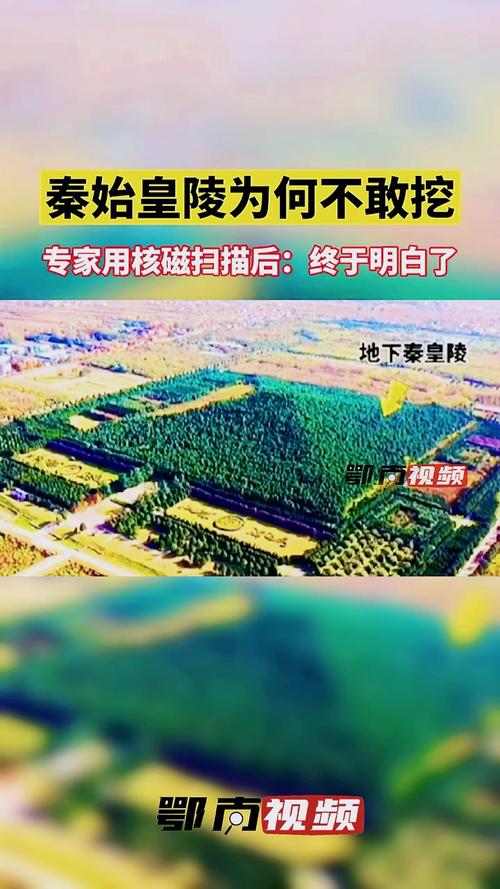
Why Archaeologists Are Afraid to Open the Tomb of China’s First Emperor
Deep beneath a hill in central China lies a vast, sealed-off necropolis, the final resting place of Qin Shi Huang, the First Emperor of China. While the presence of this mausoleum has been known for centuries, archaeologists remain hesitant to excavate it.
Fear of Irreparable Damage
A prime reason behind this hesitancy is that archeologists are concerned about how the excavation might damage the tomb, losing vital historical information. Currently, only invasive archaeological techniques could be used to enter the tomb, running a high risk of causing irreparable damage.
- Fragile Structure: The tomb has stood undisturbed for over 2,000 years. Exposing it to the open air could lead to rapid deterioration of the structure and its contents due to changes in humidity, temperature, and exposure to microorganisms. Even with modern technology, stabilizing the environment within such a massive underground structure presents a monumental challenge.
- Untested Preservation Techniques: Ancient Chinese texts describe complex booby traps and sophisticated preservation methods used within the tomb. For example, the ceiling is said to be decorated with pearls to represent the cosmos, and rivers of flowing mercury mimic the geography of his empire. Exposing these elements without adequate and tested preservation techniques could have disastrous consequences, leading to their immediate destruction.
- Ethical Considerations: The potential for damage raises ethical concerns. Many archaeologists believe that excavating the tomb before fully understanding the preservation techniques and developing methods to mitigate potential damage would be irresponsible and disrespectful to the historical legacy of the site.
The Use of Non-Invasive Techniques
Instead of excavating the tomb directly, archaeologists have focused on using non-invasive techniques to study the site.
- Ground Penetrating Radar (GPR): GPR has been used extensively to map the layout of the tomb complex. It has revealed the location of the burial chamber, walls, and other structures within the mound.
- Magnetic Surveying: This technique has helped to identify areas of high iron content, which might indicate the presence of metal artifacts or weapons.
- Core Sampling: By drilling narrow boreholes and extracting samples of soil and other materials, scientists can gain insights into the construction methods and materials used to build the tomb.
These non-invasive techniques allow archaeologists to learn about the tomb without physically disturbing it, providing valuable information about the scale and complexity of the site.
Waiting for Technological Advancements
Many experts believe that the best approach is to wait for the development of even more advanced, non-invasive archaeological techniques.
- Robotics: Future robotic exploration could allow for detailed study of the tomb interior without the risk of human interference.
- Advanced Imaging: Developments in imaging technology could one day allow us to "see" inside the tomb without ever having to break the seal, revealing its secrets safely.
The tomb of China's First Emperor is a treasure house of history, and its preservation is of paramount importance. While the allure of uncovering its secrets is strong, archaeologists are right to proceed with caution. By employing non-invasive methods and waiting for technological advancements, they can ensure that this incredible site remains preserved for generations to come.
Q&A
1. Why is the tomb of China’s First Emperor considered so important?
The tomb is important not just because it contains the remains of China’s First Emperor, a pivotal figure in history, but also because it’s believed to hold a vast array of artifacts and treasures that could shed light on ancient Chinese culture, technology, and beliefs.
2. What are some of the challenges of excavating the tomb?
The challenges include potential damage to the tomb's structure and artifacts due to exposure to the elements, the risk of triggering unknown booby traps, the complexities of preserving artifacts exposed to unusual conditions, and the ethical considerations of disturbing a historical burial site.
3. How can technology help us learn more about the tomb in the future?
Advanced robotics could allow for exploration and artifact retrieval with minimal disturbance. Advanced imaging techniques might one day let us virtually "see" inside the tomb without opening it. Continued development of non-invasive techniques will be crucial in unlocking the secrets of the tomb responsibly.